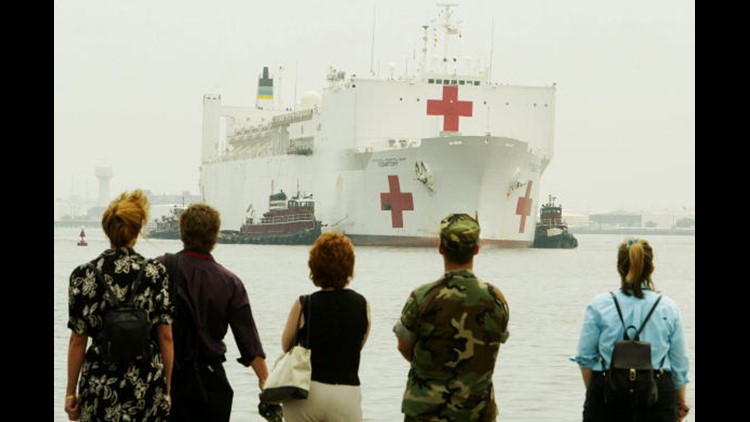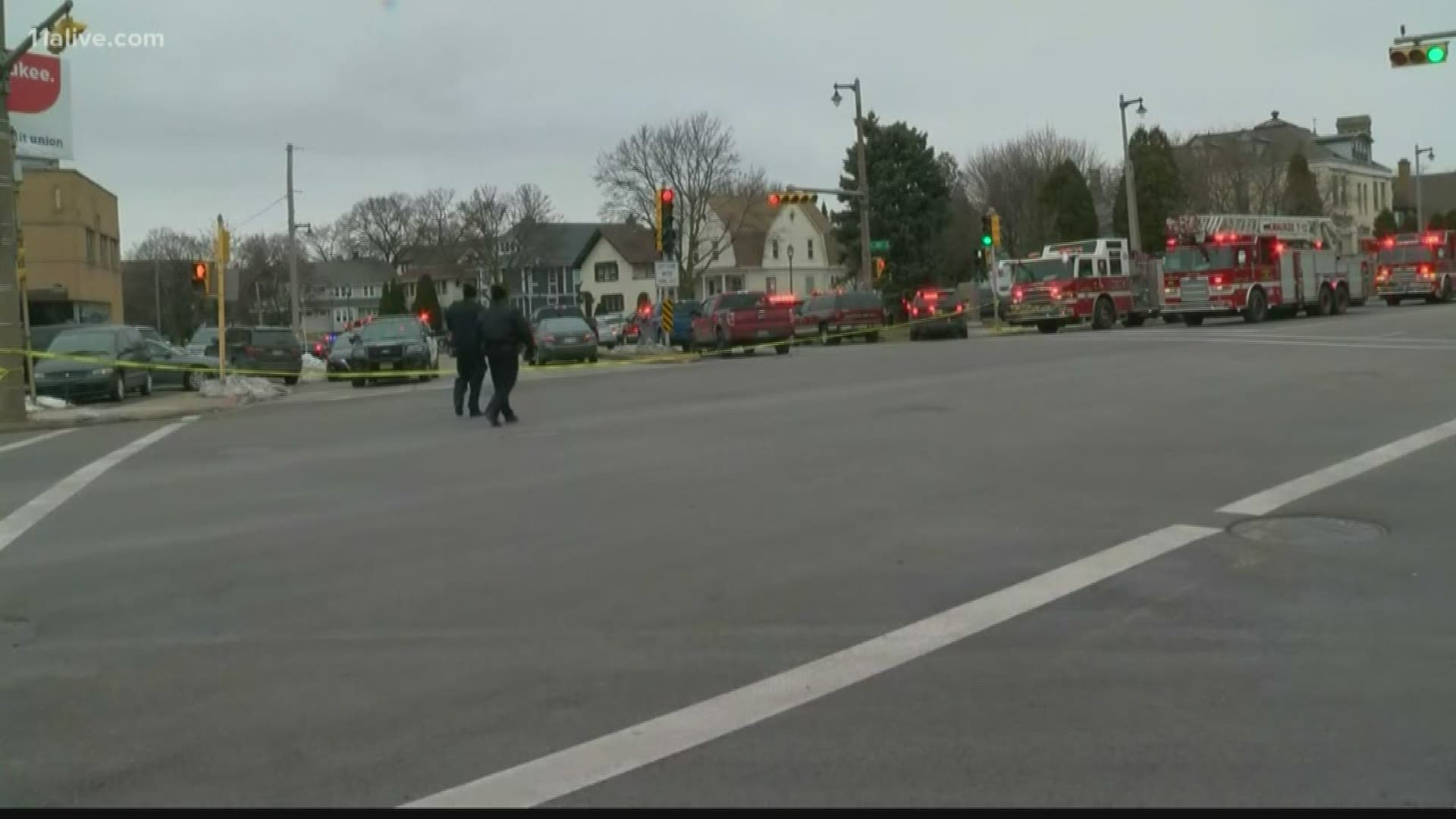WASHINGTON (AP) - The Trump administration said Tuesday it was sending a flotilla of ships and thousands more military personnel to Puerto Rico to address the growing humanitarian crisis caused by Hurricane Maria.
The administrator of the Federal Emergency Management Agency, Brock Long, said the devastation wrought by the Category 4 storm presented logistical challenges, with badly damaged airports and seaports making it difficult to get aid and personnel to the stricken island.
Long said 16 Navy and Coast Guard ships were in the waters around Puerto Rico, with 10 more ships on the way. They include the USS Comfort, a Navy hospital ship. Planes and ships were also bringing in a military force numbering in the thousands to help distribute aid. Military aircraft were dropping food and water to areas of the island still isolated and unable to receive help by road, he said.
"We're dramatically increasing the federal footprint that's there," Long said, speaking outside the White House.
The shift, six days after the storm made landfall, came amid a growing chorus of criticism that the federal response so far had been insufficient.
Long said the federal government has provided 4 million ready-to-eat meals and 6 million liters of water. That would account for less than a day's supply for each of the island's 3.4 million U.S. citizens.
Large sections of the territory remained without adequate food, water and fuel Tuesday. Flights off the island were infrequent, communications were spotty and roads were clogged with debris. Officials said electrical power may not be fully restored for more than a month.
Long stressed that coordinating the response in Puerto Rico offered greater challenges than FEMA faced after Hurricane Harvey hit Texas and Hurricane Irma hit Florida.
"It's an island. We don't just drive trucks and resources onto an island," Long said, stressing that all supplies had to cross hundreds of miles of water to get to the U.S. territory. He said relief efforts were initially hampered by damage to air traffic control systems at the airport in San Juan, limiting the flow of government and commercial flights. Federal personnel were now working to repair two other airfields, he said, to increase the capacity to bring in supplies by air.
He also suggested Puerto Rico was less able to withstand and recover from the storm than the U.S. states on the mainland.
"The infrastructure is weak, and there were no building codes, so there is a lot of devastation," Long said. "Unfortunately, because of the severity of the hit, there is diminished capacity of local governments and state government to respond similar to what we saw with Texas and Florida."
Long also warned people not involved with the relief effort to stay away.
"If you're going to Puerto Rico right now, it should be for only a life-sustaining, life-support mission," he said. "Because everybody that's trying to get in that's not supporting that is getting in the way."



